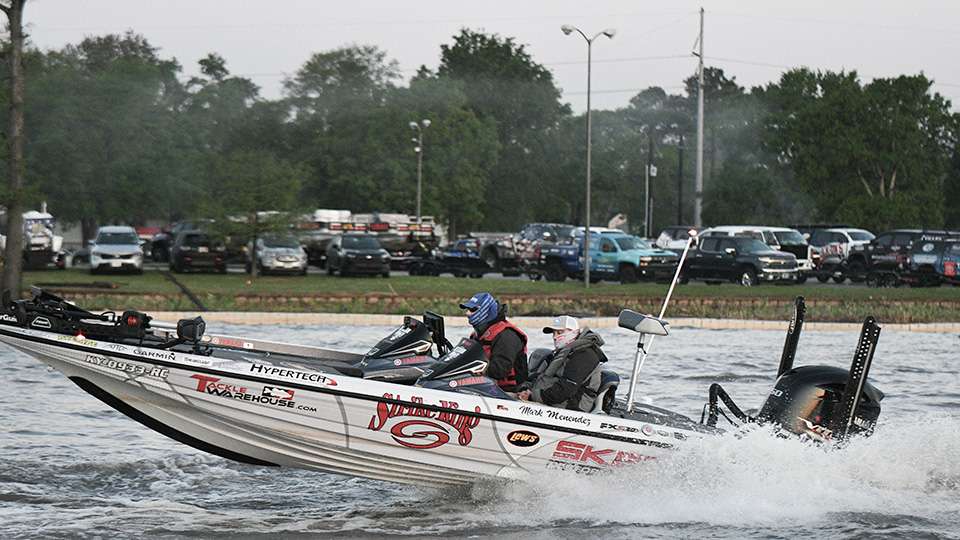
Recently I gave a presentation to a local high school fishing club here in Kentucky. The topic was, “Do your research.” On my way home I realized that what we talked about didn’t just apply to young anglers. It applied to all of us, professional and recreational alike.
Knowing what’s happening on the water when you’re fishing — days and hours before you launch — is critical if you expect to be consistently successful.
Water temperature is as good a place as any to start. Spend a few minutes checking out whether the temperature is rising or falling in the water. Sometimes just a degree or two can make a world of difference. If you know the temperature is cold and falling, or steady, you might want to look at the northeast part of the lake. The water’s likely to be warmer there.
Something else that’s equally important is the water level. If it’s steady, that is one thing. If it’s rising or falling, that is something altogether different. Any of those things will have a tendency to position the fish differently. They might be holding towards the bank, at the end of the cover or maybe even a little ways out, away from it. That’ll affect where and how you fish.
Water temperature and water levels can be measured easily from internet data. That is not to say, however, that’s where your research begins and ends. It’s just the starting point. Check out temperature with your electronics while you’re fishing. That’ll show you real-time data.
Water levels can be determined just as easily. All you need to do is put a stick — a tree limb will work perfectly — in the mud near the dock. Look at it when you launch. If you want to check it during the day, put one in somewhere along the bank where you’re going to be fishing. Run to it for a minute to see what’s happening in real time once or twice during the day.
Water clarity is pretty much a visual thing. What’s stained to one angler might be dark or clear to another angler. An easy way to make consistent judgements about how, or if, the water clarity is changing is to wrap a piece of yellow electrical tape on your boat hook or on a stick. Put it in the water and see what things look like as compared to earlier in the day or the day before.
If you’re fishing tidal waters, you need to know their schedule. Specific and detailed information about them is published all over the internet. Make sure you know when it’s going to be high tide and when it’s going to be low tide as well as how much the water’s going to rise or fall. I like to fish outgoing tides. I want to know this information so I can plan my fishing day accordingly. It’s equally important to you if you prefer a rising tide.
Weather is the last thing I want to mention. You can know what has been happening by just looking around. What will happen is more complicated. You can get an idea from your local television station. After that, about all you can do is keep an eye on the sky, the wind and the temperature. Still, it’s an important part of doing your research.
Research like I’m talking about only takes a few minutes out of your day, on or off the water. There’s no good reason not to do it, and plenty of good reasons to do it.





